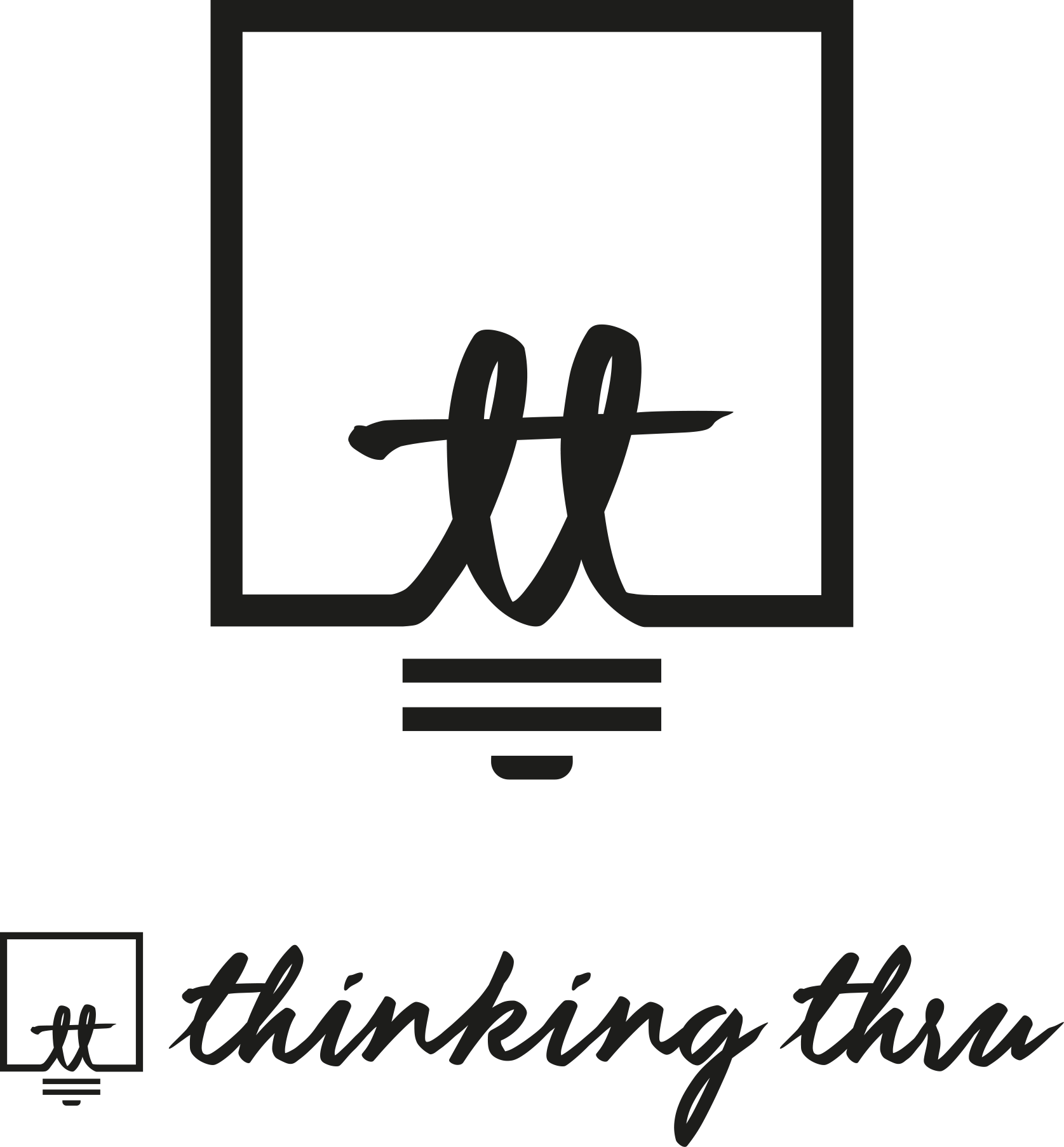Prospecting Part 1 – Finding and refining that ideal client
Last call with Paul, we talked about how important it is to have an ideal client. This week, we talked about how to narrow down your vision to find that ideal client.
Paul, just like many new entrepreneurs, started out by taking work from just about anyone who contacted him. Sometimes it was good work with a great client, but sometimes it was work that was barely tangential to what he does, and the client expected everything for nothing.
As a budding entrepreneur that was just how it had to be to make ends meet. But, now that he has his vision/mission/culture statement, he can look ahead to where he wants to go he's looking for more than just a meagre payday from his client. Instead, he's got a plan and a drive that requires the right client.
Why would I ever turn down a potential client?
When working with clients, I always encourage them to go through three simple steps to narrow their focus on an ideal client. Now, for some, especially those who aren't making as much money as they want to be, they question the wisdom of narrowing that focus. After all, the bigger the pool you draw from the more money there is. Their solution is to just market to everyone, hoping someone decides to engage their services.
But, the broader your ideal client is, the harder it is to market to them. That means your prospecting is less powerful, and you end up taking work from every single client that happens to wander your way – even if you don't normally do what they're asking. Then, you can't go forward because your too busy juggling these different clients with different needs and desires – trying to find out how to possibly come through on all the promises you've made.
That's the quickest way to working yourself right out of business. But, when you find the right client, someone who you know you can do great work with, that's a powerful position to be in.
So, if you're ready to increase the power of your prospecting, dedicate yourself to the following steps
Three steps to refining your ideal client
Create client buckets – look at all the clients you work, and all the clients you want to work with. What do they have in common? As you find commonalities between them, start creating buckets you can put your clients into. Most new entrepreneurs will have nearly as many buckets as clients, and that's ok. But once you have your client buckets, you're going to have to toss some of those buckets away. That doesn't mean you won't work with these people anymore; it just means you won't focus on marketing to clients like these. Now, pick your favourite bucket, or three, of clients.
Find their problems – Now that you have only a few client buckets, more properly known as avatars, take some time to try to understand their problems. This could mean brainstorming possible problems, recalling conversations with clients when they complained or praised you, or calling a prospective client up and interviewing them. Once you have a list of problems, rank them according to importance.
Create solutions – Now that you have an idea of the problems your avatar is dealing with, you need to communicate how you would solve those problems. This is your promise to your client, and it must be A) tied to alleviating their problem and B) possible for you to follow through on.
What to do with this information
Now you have an ideal client (or two) and you have an idea of how you could make their lives better. So, every time you talk or write about your business, whether it's copy for your website or a conversation with an ideal client, you know what to say, and how to say it. And when your ideal client hears about your business, it will be like that ad, website or conversation is aimed right at them and their problems.
And that's powerful.

